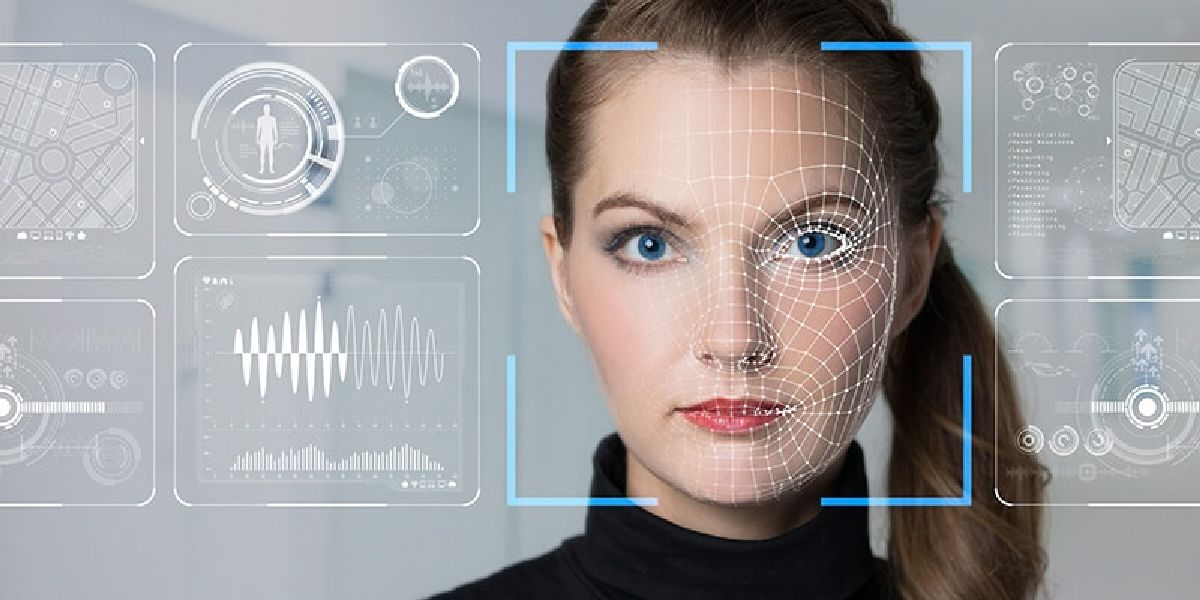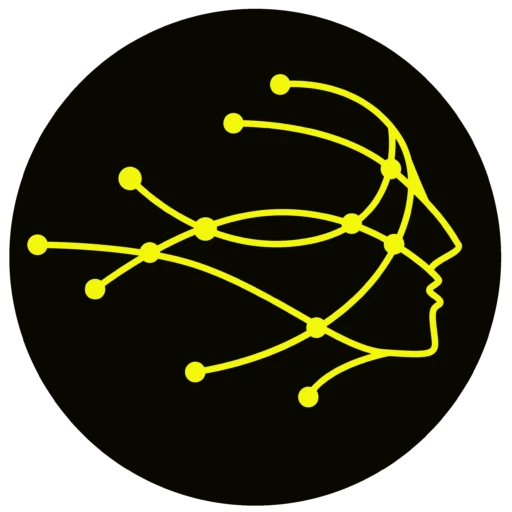As security-threats evolve, it’s crucial for organizations to stay ahead of the curve by utilizing the latest biometric authentication technologies. One area that is rapidly advancing is liveness detection which is the ability to distinguish live users from spoofed or fraudulent attempts. Liveness detection is a technology employed in security and authentication systems designed to distinguish between a real, live person and a fake representation, such as a photograph, video recording, or mask. Incorporating a cutting-edge liveness detection software development kit (SDK) can significantly enhance the security of your organization’s systems and help prevent a wide range of identity spoofing attacks.
Risks of Traditional Security Systems not using Liveness Detection SDK
[table id=103 /]
Cutting-Edge Features of Liveness Detection SDKs
[table id=105/]
Key Areas Where Liveness Detection SDKs Make a Difference
[table id=104/]

Future Enhancement in Liveness Detection SDK
Multi-factor authentication
Integrating liveness checks with other identity signals like device fingerprinting, behavioral biometrics and geolocation could introduce an additional layer of validation. This multi-dimensional approach will make spoofing more difficult.
Continuous authentication
Moving beyond single authentication to periodic liveness verification during device usage sessions can stop impersonation attacks after initial access. Active authentication using subtle biometrics like keystroke or touch dynamics is an exciting frontier.
Anti-circumvention measures
Deploying advanced counter-measures that make tasks like fingerprint duplication or photo printing more challenging can discourage spoofing attempts at the outset. Holographic labels or micro-engraving of biometric templates warrant exploration.
Modal fusion
Weaving evidence from multiple biometrics like iris, face and fingerprints through deep learning models, instead of assessing them in isolation, could significantly boost assurance. Multibiometric DNNs show promise in this area.
On-device processing
Enabling privacy-preserving liveness checks directly on devices using lightweight neural networks and dedicated AI accelerators ensures user data is not exposed during transmission or processing. This enhances both security and user experience.
Final Words
In today’s digital world, advanced authentication techniques are essential for security systems to function effectively. As deepfakes and other spoofing methods become increasingly sophisticated, liveness detection serves as a crucial line of defense. By integrating a state-of-the-art liveness detection SDK, companies can future-proof their offerings and ensure user verification remains robust. More than ever, consumers demand seamless and secure online experiences. An investment in cutting-edge liveness detection pays dividends by building trust and fostering long-term relationships with customers.

